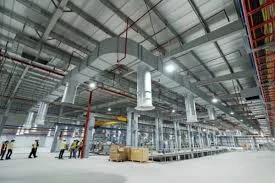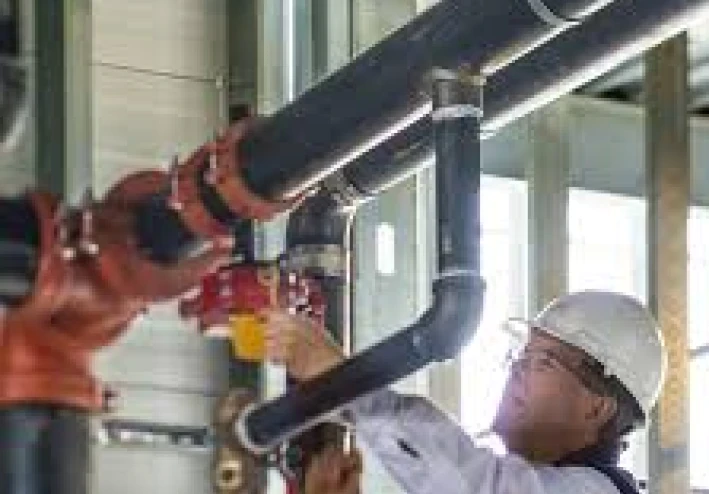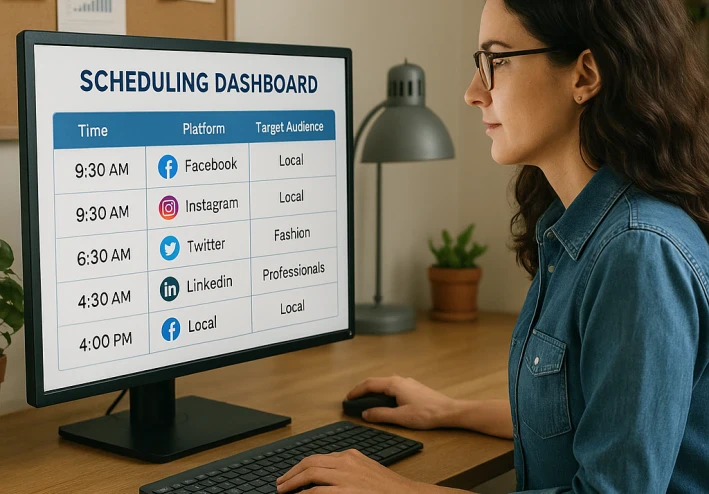Technical Report: Mechanical Consultant Engineer's Handover Mechanism for HVAC, Fire Fighting, and Plumbing Works on Site
Introduction
This report aims to clarify the steps and procedures followed by the Mechanical Consultant Engineer during the handover of executed works on site, ensuring their compliance with approved technical specifications and execution drawings. These works include HVAC (Heating, Ventilation, and Air Conditioning) systems, Fire Fighting systems, and Sanitary works for supply and drainage.
The handover process is conducted through sequential stages, starting from material inspection up to the final commissioning tests.
Firstly: HVAC (Heating, Ventilation, and Air Conditioning) Works
Material and Equipment Inspection: The handover process begins with inspecting materials and equipment to ensure their conformity with technical specifications and approved material submittals. Confirmation is made that air conditioning units, fans, and ducts are stored in a manner that protects them from weather elements, along with reviewing certificates of origin and factory test reports.
Installation Stage: Inspection includes checking the duct routes and dimensions against the plans, the quality of thermal insulation, and ensuring the tightness of connections to prevent leakage. Verification is also made on the securing of units on appropriate bases with vibration isolators, and ensuring correct slopes for condensate drainage lines.
Piping Review: The diameters, types, insulation used, and mechanical supports of the pipes are reviewed according to the code.
Commissioning Tests: Operating tests are conducted, including hydraulic testing, duct leakage testing, Testing, Adjusting, and Balancing (TAB) works, and running the units to verify actual performance.


Secondly: Fire Fighting Works
Material and Component Review: The handover process includes reviewing materials and components such as pipes, sprinklers, and pumps to ensure their accreditation by recognized bodies (UL / FM). Quality certificates for fire pumps are inspected, ensuring they match the required performance curve.
Installation Inspection: The type and schedule of pipes, the quality of welding, mechanical connections, supports, and seismic and vibration restraints are checked. The locations and types of sprinklers are verified for compliance with coverage and height requirements.
Pump Room: Assurance is made that the main, jockey, and diesel pumps are secured on their bases, and connected to the network, water source, and control panels.
Operation Tests: Pressure testing for pipes, performance testing for pumps, and testing the operation of the alarm system and its connection to the extinguishing system are performed.
Thirdly: Plumbing & Drainage Works
Material Inspection and Conformity: Handover starts with inspecting materials to ensure that pipes, valves, and pumps comply with specifications.
Review of Routes and Connections: Assurance is made that the executed routes conform to the execution drawings and do not conflict with other systems, along with reviewing the quality of connections and thermal insulation for hot water pipes.
Drainage Network: The correct slope of the lines, the presence of inspection chambers, odor traps (P-traps), and ventilation lines are confirmed.
Testing: Pressure tests are conducted for supply pipes and flow tests for drainage pipes. Water is run to verify pressure and flow continuity, in addition to testing the operation of water heaters.
General Handover Procedure (Flow Chart)
Inspection Request (IR): The contractor submits a formal inspection request for the completed section of work.
Document Review: The Consultant Engineer reviews the drawings, specifications, and material certificates.
Site Inspection: Executed works are inspected on-site according to the specific system checklists.
Documentation: Observations are recorded in a formal report (Snag List).
Correction and Re-inspection: After observations are corrected, the inspection is repeated.
Acceptance or Rejection: If compliant, the acceptance is signed; if there are major non-conformities, it is rejected.
Final Documentation: All accepted handover reports are archived within the project's quality files.
Conclusion
These procedures ensure that the project's mechanical systems are handed over according to the highest standards of quality and safety, in compliance with international codes and actual operational requirements. These steps also provide a clear mechanism for coordination among the contractor, consultant, and owner to achieve the project's technical and timeline objectives.




































